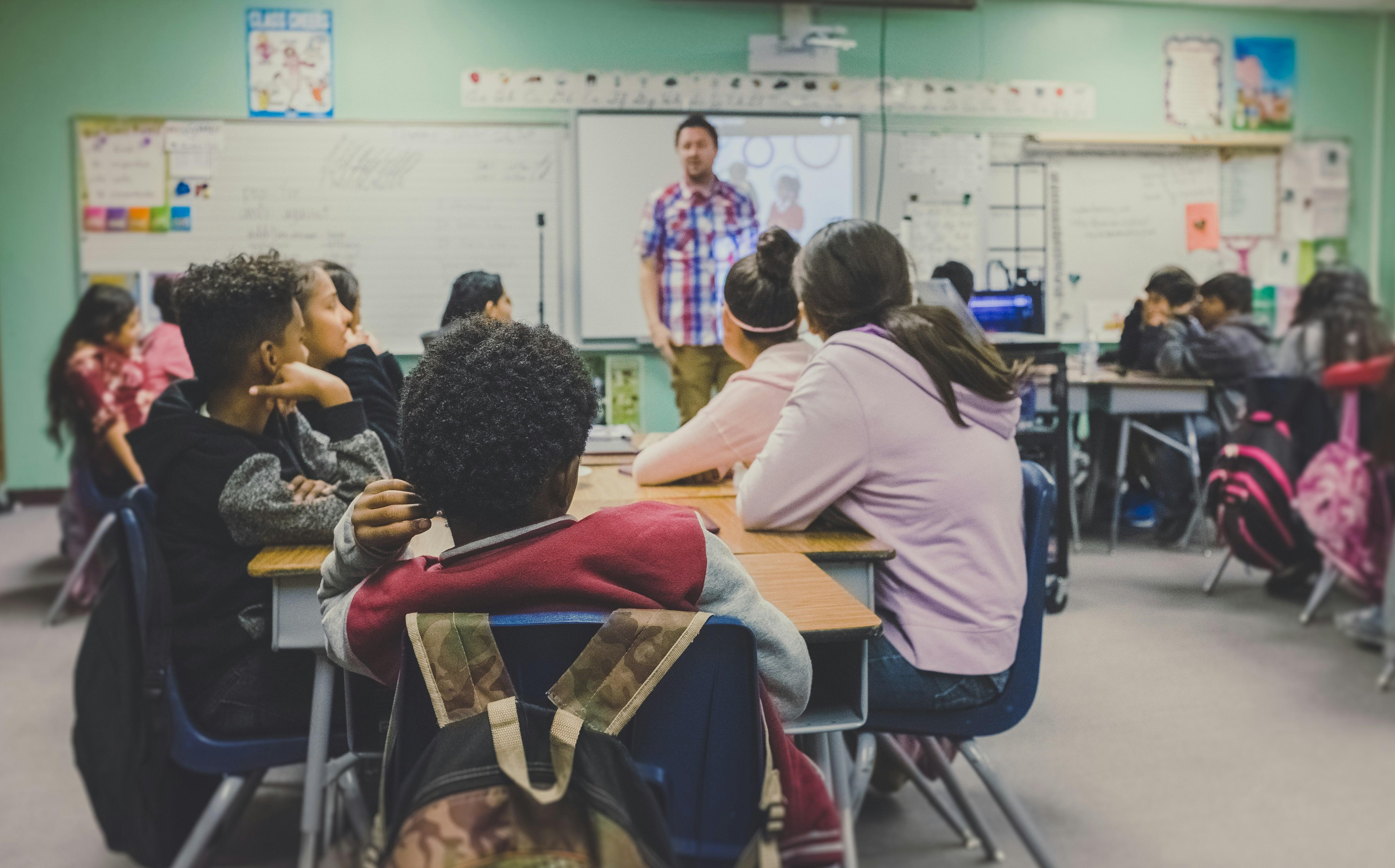In a world where the hustle and bustle of everyday life often drowns out the quiet whispers of our inner selves, the practice of mindfulness has emerged as a beacon of calm and clarity. As adults flock to meditation apps and mindfulness retreats in search of balance, a question arises: should this ancient practice find its way into the bustling halls of our schools? Imagine a classroom where the gentle ringing of a mindfulness bell signals a pause in the day, inviting students to breathe, reflect, and center themselves amidst the whirlwind of academic and social pressures. This article delves into the potential benefits and challenges of integrating mindfulness into the school curriculum, exploring whether these practices could equip students with tools for emotional resilience and focused learning, or if they risk becoming just another educational trend.
Exploring the Benefits of Mindfulness in the Classroom
Incorporating mindfulness into the classroom environment can lead to a myriad of benefits for students, enhancing both their academic and personal lives. By fostering a mindful atmosphere, educators can help students develop greater emotional intelligence and improve their ability to focus. This practice encourages students to become more self-aware and resilient, equipping them with essential skills to navigate the challenges of modern education. Some notable advantages include:
- Improved Concentration: Regular mindfulness exercises can help students increase their attention span, making it easier for them to absorb and retain information during lessons.
- Emotional Regulation: Mindfulness can aid in reducing anxiety and stress, allowing students to manage their emotions more effectively and contribute to a calmer classroom environment.
- Enhanced Social Skills: Practicing mindfulness encourages empathy and compassion, fostering a sense of community and cooperation among students.
- Better Problem-Solving: By promoting a reflective mindset, mindfulness can improve students’ critical thinking skills, enabling them to approach problems with a more balanced perspective.

Challenges and Considerations for Implementing Mindfulness Programs
Implementing mindfulness programs in schools is not without its challenges and considerations. One major concern is the diverse cultural backgrounds of students. Mindfulness practices often have roots in specific cultural or religious traditions, which may not align with the beliefs of all students and their families. Schools must navigate these differences carefully, ensuring that programs are inclusive and respectful of all perspectives. This requires thoughtful adaptation and a clear separation of secular mindfulness practices from any religious connotations.
Another consideration is the training and resources required for effective implementation. Teachers and staff need adequate training to deliver mindfulness practices confidently and competently. This may involve time and financial investment, which can be a hurdle for schools with limited resources. Additionally, measuring the impact of mindfulness programs can be complex. Schools must develop methods to evaluate the effectiveness of these initiatives, ensuring they meet the intended goals of enhancing student well-being and academic performance.
- Ensuring cultural inclusivity and respect
- Providing adequate training and resources for educators
- Developing reliable methods for evaluating program effectiveness
Practical Strategies for Integrating Mindfulness into School Curricula
Integrating mindfulness into school curricula can be a transformative approach, offering students tools to enhance focus, emotional regulation, and resilience. Here are some practical strategies that educators can employ:
- Start with Short Sessions: Begin with brief, guided mindfulness exercises that last just a few minutes. This allows students to gradually become comfortable with the practice without feeling overwhelmed.
- Embed Mindfulness in Daily Routines: Incorporate mindfulness into daily activities, such as mindful breathing before tests or reflective journaling at the end of the day. This helps normalize the practice and makes it a natural part of the school day.
- Use Technology Wisely: Leverage mindfulness apps and online resources to introduce diverse techniques. These tools can provide students with accessible and varied experiences, catering to different learning styles.
- Train Educators: Provide teachers with professional development opportunities focused on mindfulness. Educators trained in mindfulness can effectively guide students and integrate practices seamlessly into their teaching.
By weaving mindfulness into the fabric of education, schools can cultivate an environment that supports holistic development, preparing students for both academic and personal success.

Evaluating the Impact of Mindfulness on Student Well-being and Academic Performance
In recent years, the integration of mindfulness practices in educational settings has sparked considerable interest among educators and researchers. Mindfulness, the practice of being present and fully engaged in the moment without judgment, is increasingly being recognized for its potential benefits on student well-being and academic performance. Schools are exploring mindfulness as a tool to enhance the holistic development of students, fostering environments where mental health and academic success are intertwined.
- Improved Focus: Mindfulness exercises, such as breathing techniques and guided meditation, can help students improve their concentration and reduce distractions.
- Stress Reduction: Regular mindfulness practice is shown to decrease stress levels, providing students with coping mechanisms to handle academic pressures.
- Enhanced Emotional Regulation: By fostering self-awareness, mindfulness encourages better emotional control, helping students navigate social and academic challenges.
- Better Academic Performance: The cognitive benefits of mindfulness, such as improved attention and memory, can lead to enhanced academic outcomes.
As the educational landscape evolves, incorporating mindfulness into the curriculum might be a pivotal step in nurturing not just academically proficient, but also emotionally resilient individuals. While more research is needed to fully understand its long-term impact, the preliminary findings suggest promising avenues for fostering a balanced educational experience.
In Retrospect
In the grand tapestry of education, where each thread contributes to the fabric of a child’s development, the question of integrating mindfulness into school curricula weaves a complex pattern. As we stand at this crossroads, it is clear that mindfulness offers both promising benefits and challenges that warrant careful consideration. The potential to cultivate focus, empathy, and emotional resilience in young minds cannot be overlooked, yet the diverse needs and beliefs of our educational communities call for a balanced approach. As educators, parents, and policymakers continue this dialogue, the ultimate decision will reflect not only our aspirations for academic excellence but also our commitment to nurturing the holistic well-being of future generations. In this unfolding narrative, mindfulness may yet find its place, a gentle reminder of the power of presence in a fast-paced world.
